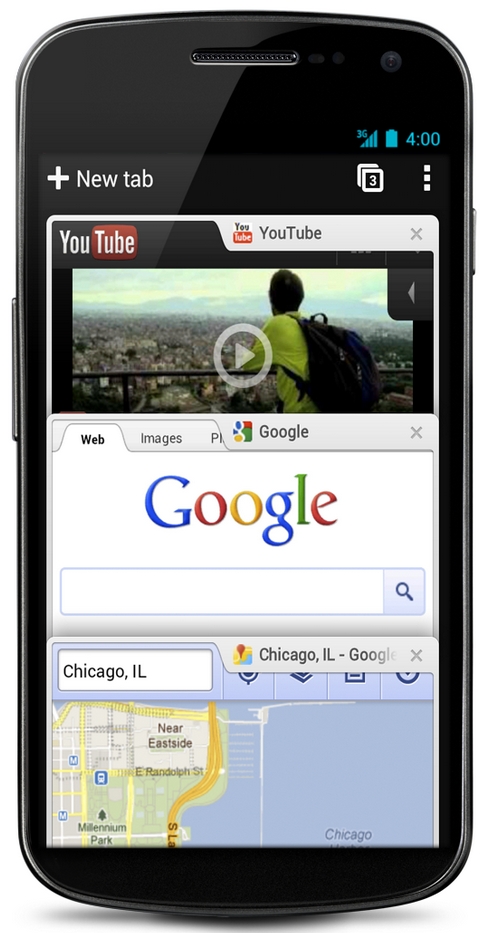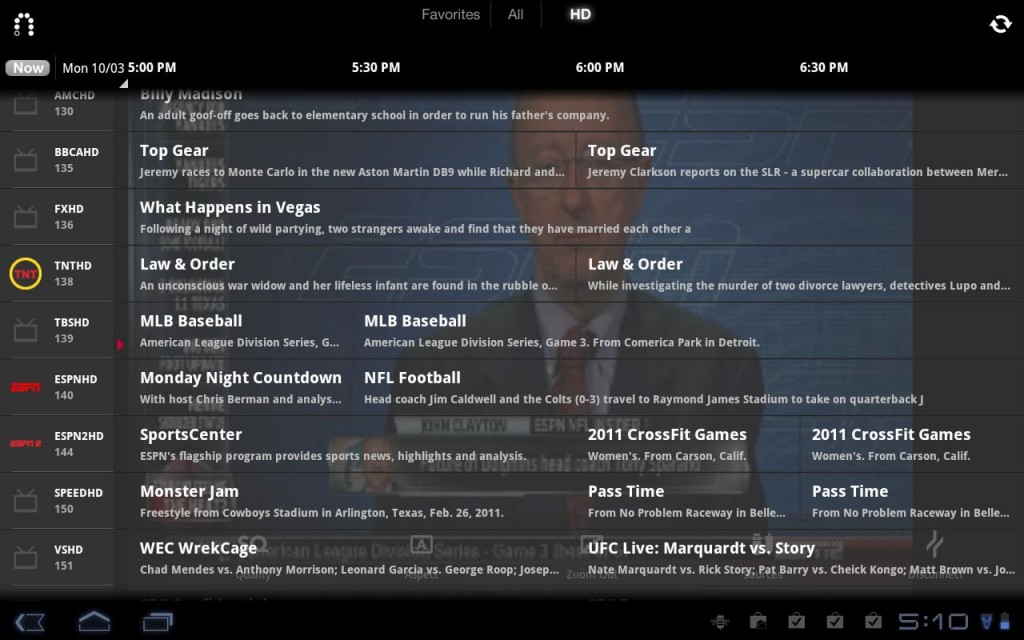
The third major tech company to take the spotlight this week was Amazon. On Thursday they updated their e-reader and tablet lineups with the Kindle Paperwhite and the Kindle Fire HD.
The Kindle Paperwhite is the fifth-generation Kindle e-reader and it houses “the most advanced e-reader display ever constructed,” says Amazon. How so? It contains 212 pixels-per-inch making room for 62% more pixels than before and this allows text to appear crisper and clearer and images are sharper and richer. In addition, the blacks are blacker and the whites are whiter thanks to 25% higher contrast. What Amazon is really touting here is the patented front-lit display that makes reading with or without natural or artificial light a better experience. With the light left on all the time, the Paperwhite will still give you 8 weeks of battery life. The new e-reader packs a 6-inch capacitive touchscreen for input; there are no physical buttons for page-turning. Amazon describes its size like this: “[it’s] thinner than a magazine [at just over a third of an inch thin] and weighs less than a typical paperback [weighing 7.5 ounces].” Software enhancements include Time to Read, a feature that helps readers know the amount of time it will take them to finish a chapter or a book; X-Ray, a feature that lets readers see all passages across a book that mention ideas, fictional characters, historical figures, places or topics that interest them, as well as more detailed descriptions from Wikipedia; WhisperSync for Voice that allows readers to start an audiobook on one device and pick up where they left off on another; and new typeface options. A Wi-Fi only version of the Kindle Paperwhite goes on sale October 1 for $119. A 3G version will sell for $179. Preorder today.
In addition to introducing a second generation Kindle Fire (more on that device soon), Amazon added two new Android-based devices to the Fire family. The Kindle Fire HD comes in a 7-inch and 8.9-inch versions. The larger display model features 254 pixels per inch with a resolution of 1920 x 1200 (1080p full HD). The smaller display model has a lower resolution of 1280 x 800 (720p). New LCD technology reduces glare by 25% compared to the third-generation iPad. Also, integrated IPS allows for wide viewing angles. Other specs include: 1.5GHz dual-core OMAP4 4470 processor (in the Fire HD 8.9″), 1.2GHz dual-core OMAP4 460 processor (in the Fire HD 7″), Dolby Audio with dual stereo speakers, a front-facing camera for video chat, and built-in Bluetooth, HDMI-out, and 40% faster WiFi (compared to the latest iPad) thanks to dual-band support, dual antennas, and MIMO technology. To size ’em up, the Fire HD 8.9″ is 8.8mm thin weighing 20 oz. and the Fire HD 7″ is 10.2mm weighing 13.9 oz. Amazon shares that the smaller model gets 11 hours of battery life. Software enhancements include X-Ray for books, movies, and textbooks, allowing users to augment their tablet experience with expanded information from Wikipedia, IMDb, and YouTube; and FreeTime, a set of parental controls that allows parents to limit their kids’ screen time by content type. Pricing and availability. The Fire HD 8.9″ comes in four flavors: WiFi-only 16GB ($299), WiFi-only 32GB ($369), 4G LTE 32GB ($499), and 4G LTE 64GB ($599). For $49.99 customers can receive 4G LTE from AT&T, 250GB of data per month for one year, plus 20GB of Amazon Cloud storage and a $10 credit in the Amazon Appstore. The Fire HD 8.9″ is up for preorder today and goes on sale November 20. The Fire HD 7″ comes in two flavors: WiFi-only 16GB ($199) and WiFi-only 32GB ($249). These are in direct competition with Google’s Nexus 7 tablet. They’re also there to preorder and will release sooner on September 14.
Now I told you I would return to the successor of the original Kindle Fire. Amazon is still calling it the Kindle Fire, and it still features the same 1024 x 600 non-HD 7-inch display. What’s changed? It’s got a 40% faster processor for better performance (1.2GHz dual-core OMAP4 430), twice the memory (1GB), and longer battery life (8.5 hours). The sole 8GB model goes on sale September 14 for $159.
Want to know what the rest of the Amazon e-reader line looks like today? In addition to the Kindle Paperwhite, the latest generation OG Kindle is still hanging in there. A slightly updated new model ships September 14 with 15 percent faster page turns and at a lower price point, $69 (ad-supported). Also still available is the Kindle Keyboard with 3G for $139 (ad-supported) and the giant Kindle DX with 3G at $379.
Get a closer look at the new Kindle Paperwhite e-reader and Kindle Fire tablets in the galleries below (in order Kindle Paperwhite, Fire HD 8.9″, Fire HD 7″, OG Fire). After the break, video and PR.
[Via Amazon 1, 2, 3] Continue reading Amazon outs new Kindle Paperwhite e-reader, adds to the Kindle Fire tablet family →




































































